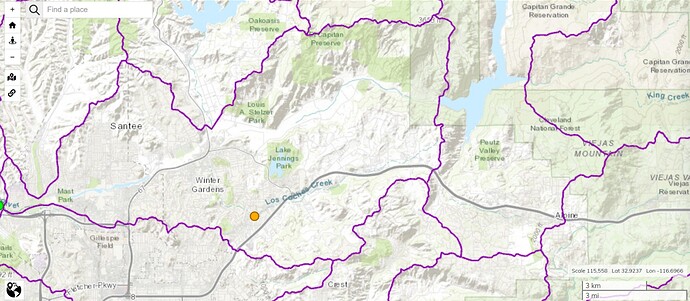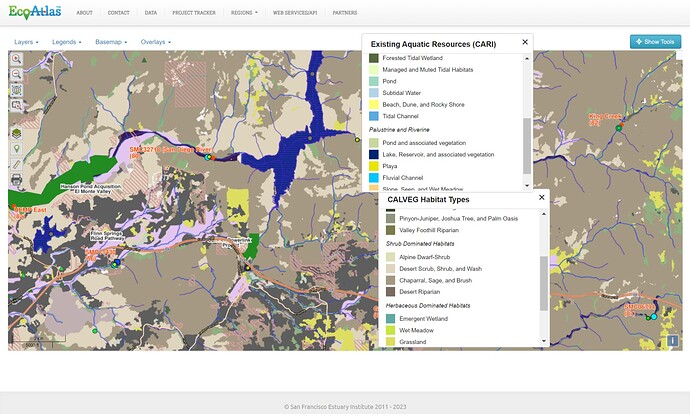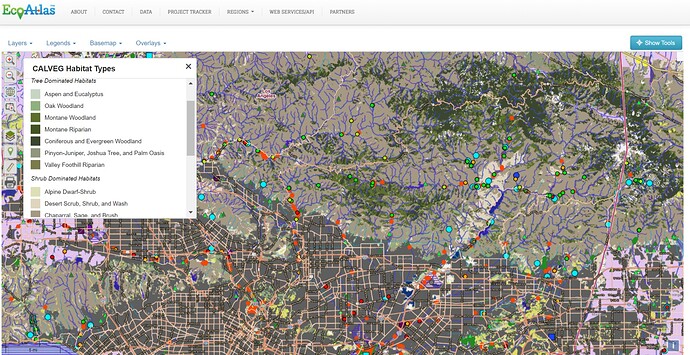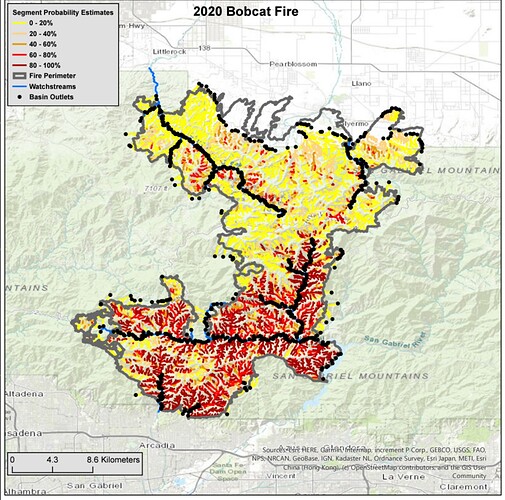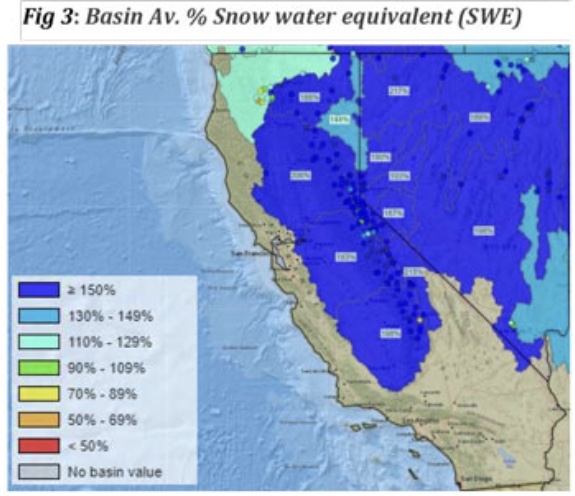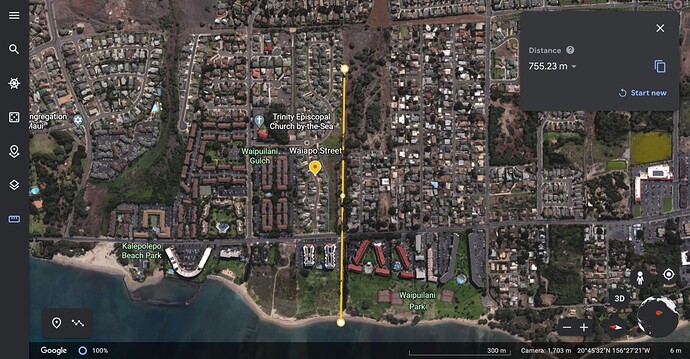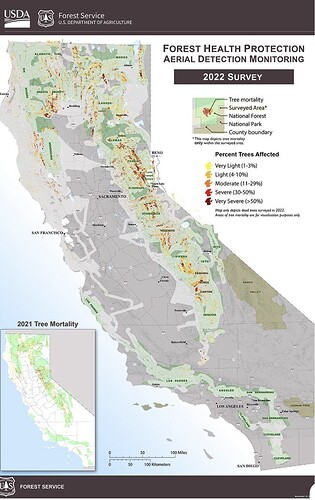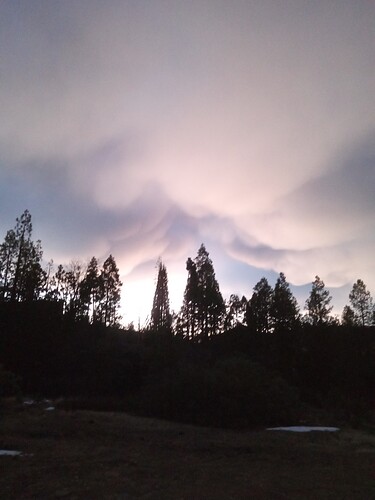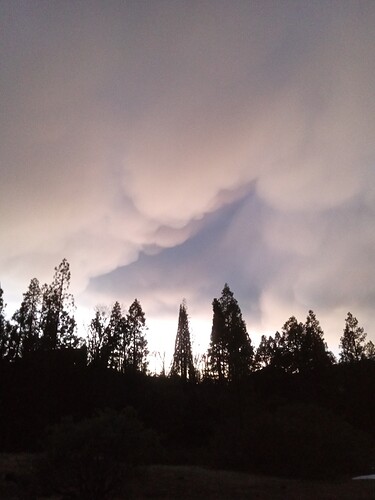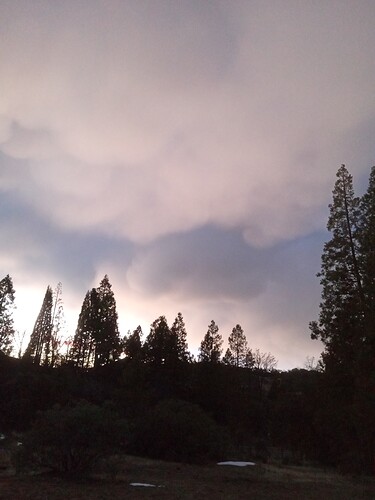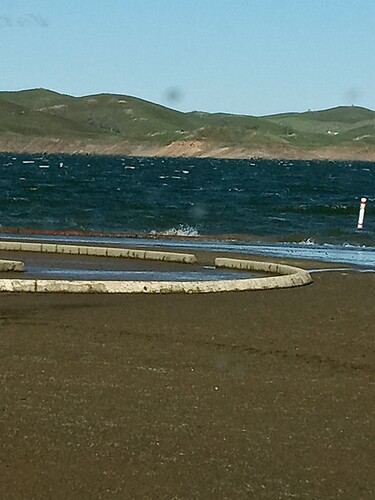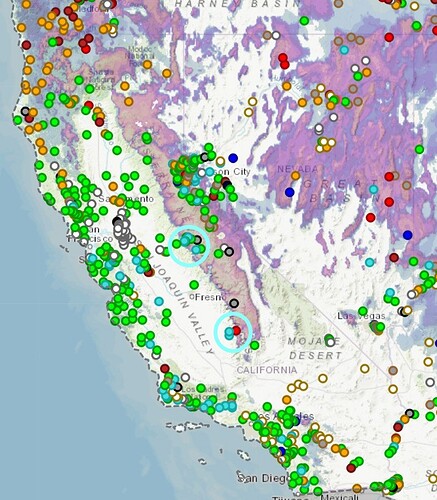Two places, Madera foothills, more or less, where streamflow is above ‘normal’. Flow has been above normal, particularly around the circle I drew on the south end of the Madera foothills, more or less. I think we should still expect this flow to be above normal because we got, like what, 130% above nominal snowpack this year.
Before the drought argument, where you say that’s 130% minus the previous deficit, its not minus that deficit because that snow is still there and will runoff. We should, I think, expect increased runoff without having to stipulate that it is increased and unaccounted snowmelt, over and above the increased snowpack, and its probably still too early for that.
In my layman’s view, this indicates that even a nominal (normal) runoff is going to look unusual, particularly where other circumstances, dead and down trees, altered water flow due to flood damage, or alteration of the channel, are factors.
These factors have to be accounted for before declaring a specifically unusual runoff pattern of unusual melting. If it gets warm and stays warm, it will melt faster, but, again, there isn’t much of a mystery there to solve.
In addition, the wildfires were at higher elevations, to be sure, but so was the three years of drought that contributed to Dixie and Caldor, which I think may account for a majority of those elevation numbers, particularly Dixie, which is especially noted for how far east it went.
